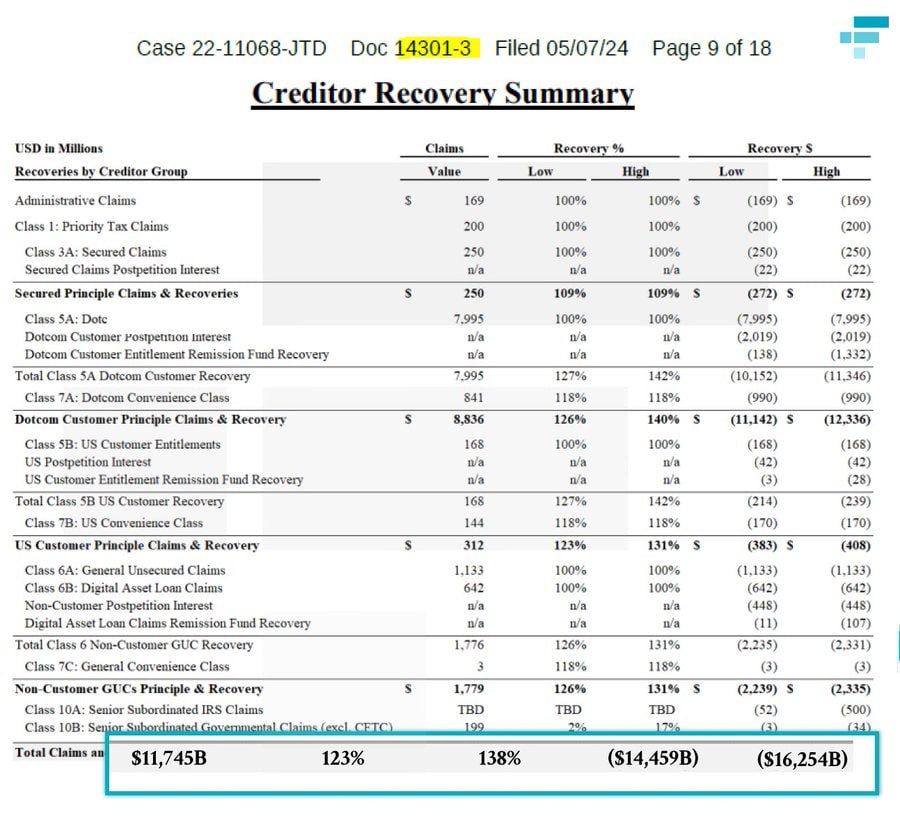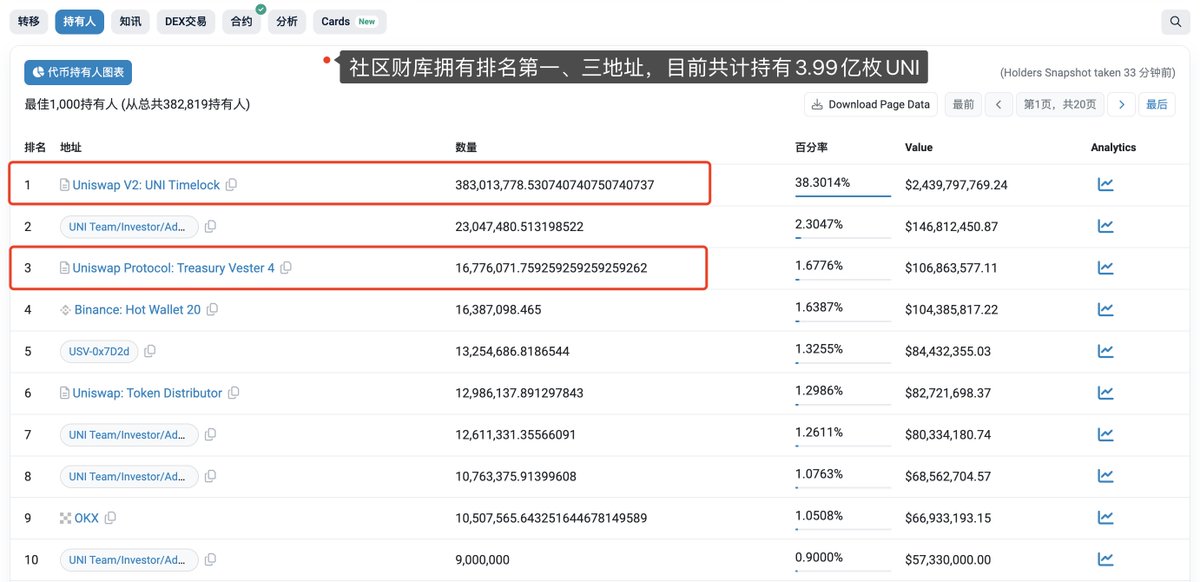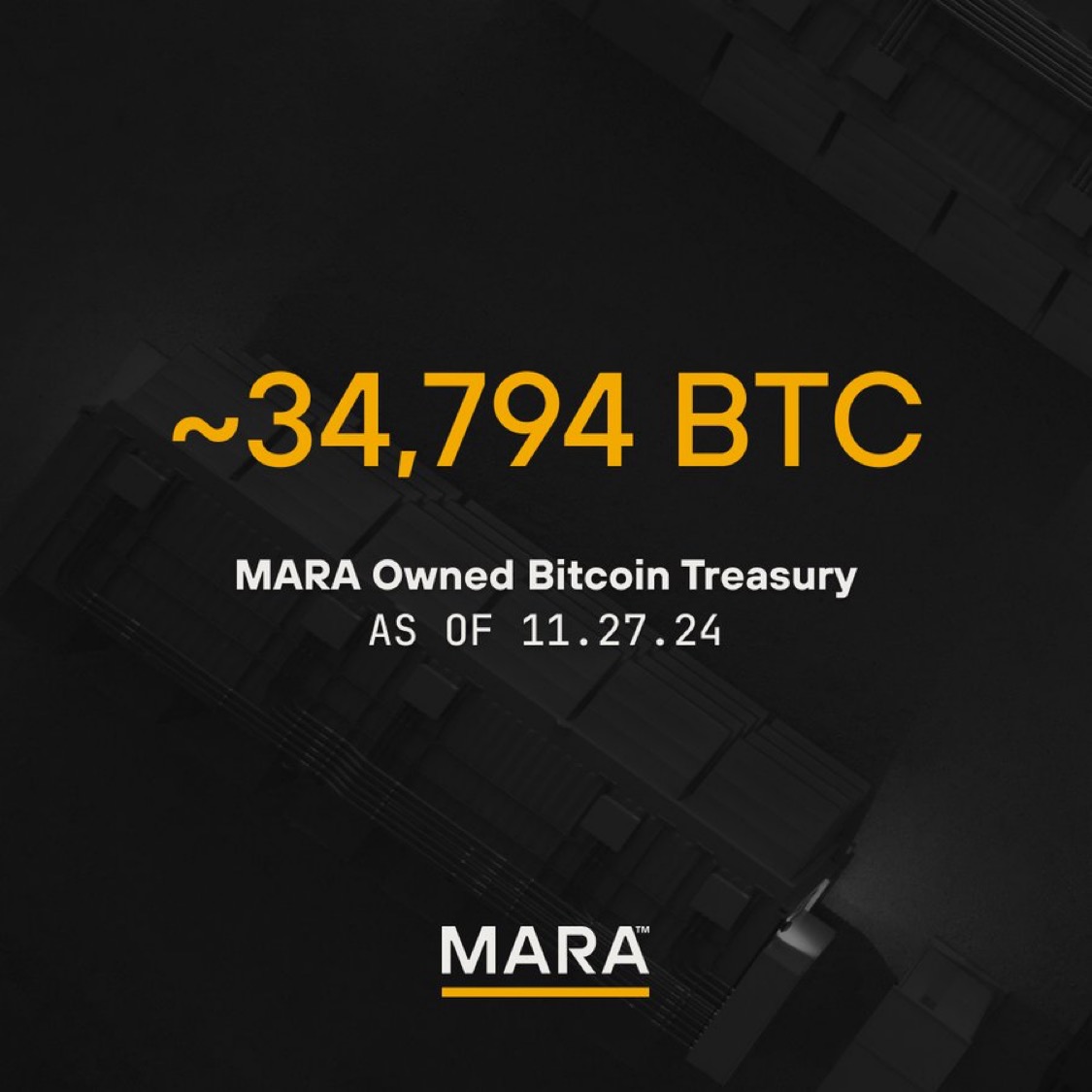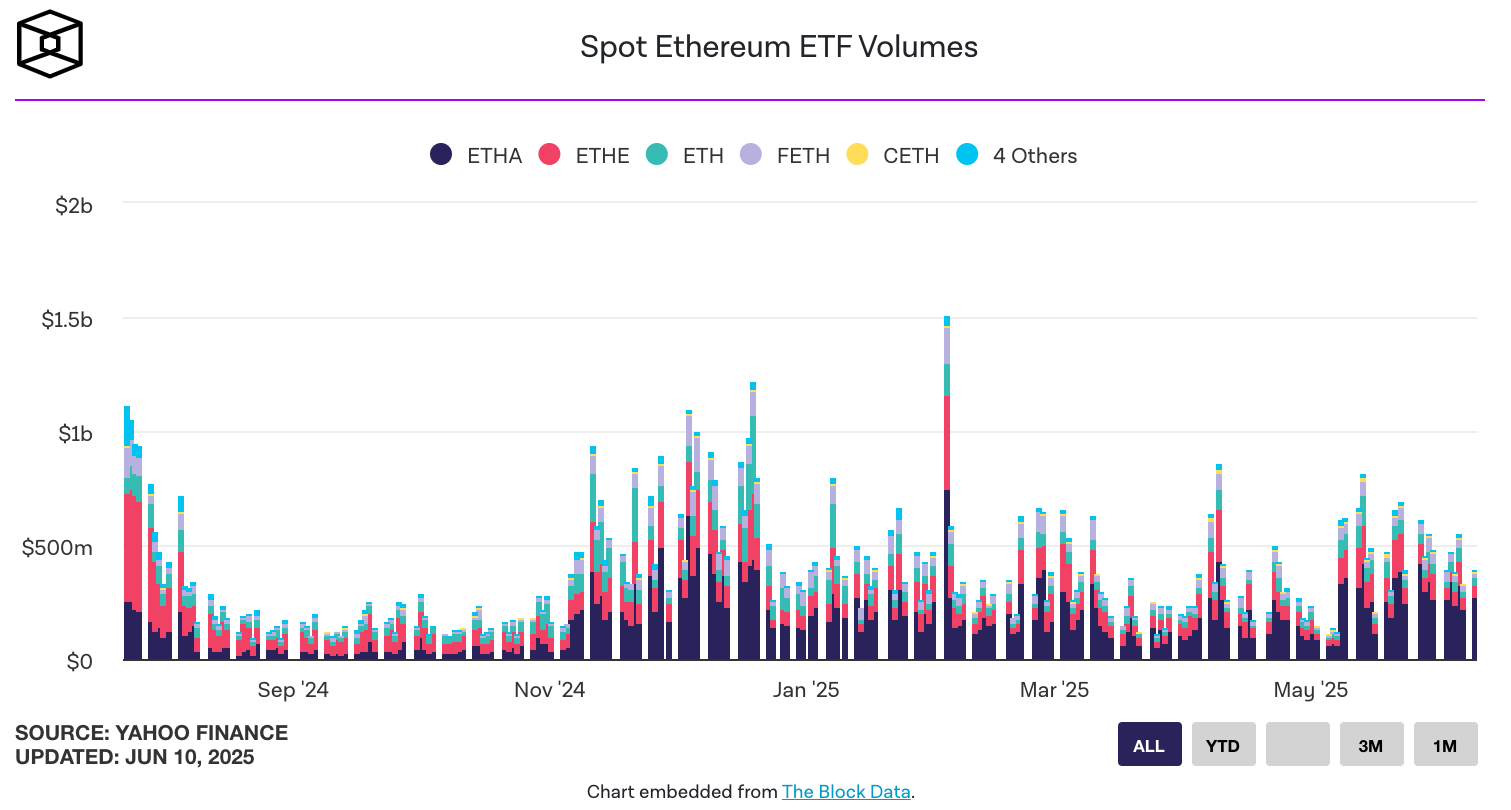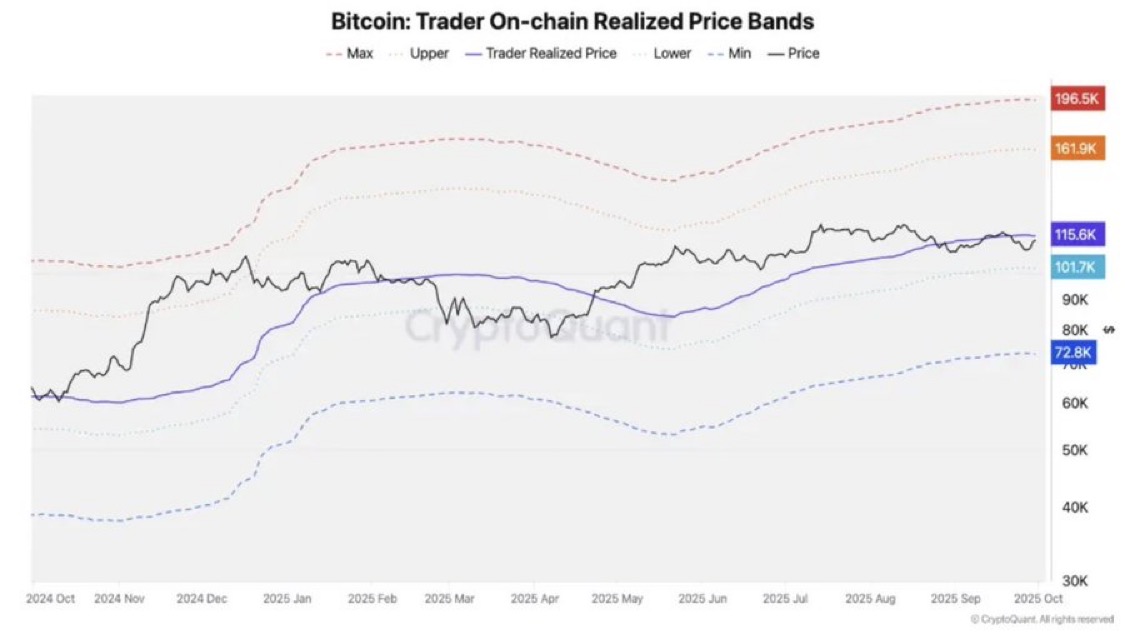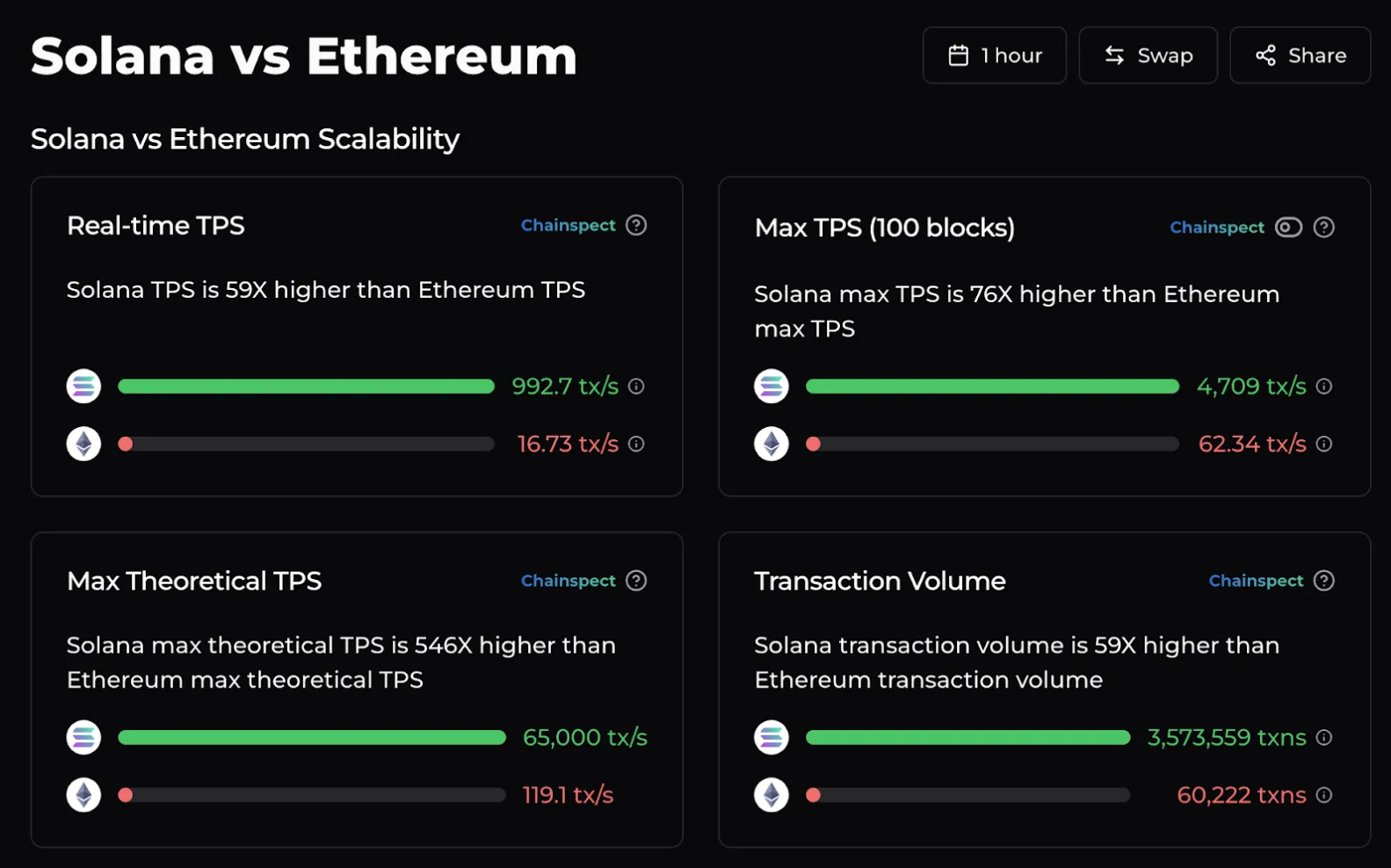The U.S. Securities and Exchange Commission (SEC) has published an analytical document addressing the regulation of staking — a mechanism that allows cryptocurrency holders to participate in supporting blockchain networks and earn rewards for doing so. The document states that, under certain conditions, staking activities do not fall under the scope of U.S. securities laws.
It is important to emphasize that this document, prepared by the SEC’s Division of Corporate Finance, is not an official regulatory rule or binding guidance. Rather, it represents an analytical review of the current legal landscape and the regulator’s current views on staking.
Industry experts, including company representatives and analysts, have commented that this statement effectively removes a significant amount of uncertainty and risk for market participants. Now, companies involved in organizing staking pools, providing custodial storage of staked assets, and other related services can operate without fear of enforcement actions from the regulator—provided their activities comply with SEC requirements.
The document defines “staking participants” as node operators and validators—technical specialists who maintain blockchain networks, custodians who hold clients’ assets, delegates and nominators, as well as organizations that perform staking on behalf of themselves or their clients.
Figment CEO Lorien Gabel highlighted that the document legalizes several auxiliary services that American companies previously approached with caution. For example, insurance against “slashing” (penalties imposed on validators for misbehavior) and modified, more flexible “unbonding” periods (the time during which assets remain locked after staking is withdrawn) are now recognized as acceptable. SEC representatives made clear that providing such services does not transform staking providers into asset managers, significantly lowering regulatory barriers. This paves the way for expanding service offerings, including the creation of staking pools for users.
On the other hand, Alison Mannegero from the Crypto Council for Innovation views this as an important step in developing a regulatory framework for the crypto industry in the U.S. She notes that staking participants will now be treated similarly to miners from a regulatory standpoint, easing some of the pressure and uncertainty that was especially notable during Gary Gensler’s chairmanship, when enforcement actions focused heavily on staking services.
It is worth noting that the SEC statement was issued just days before the deadline for submitting applications to include staking in spot Ethereum ETFs. Analysts believe this indicates the regulator’s intent to expedite the review process for such innovative products, which are gaining increasing market demand.
Lorien Gabel suggests that providers of ETFs would likely have received approval for staking regardless, but the publication of the official statement will likely speed up and simplify the process by alleviating many legal doubts.
The SEC document itself stresses that it is narrowly focused and does not replace legislative decisions and rulings made by commissioners. It “has no legal force” and is not a regulatory rule.
A footnote clarifies that only certain types of activities with “protected” crypto assets are considered — that is, assets that do not carry internal economic rights such as the right to future profits, income, or a portion of a commercial enterprise’s assets. Activities involving passive income payments from staking or the transfer of rights to future cash flows are not treated as issuing securities in this document.
Recall that in January 2025, Joe Lubin, founder of ConsenSys—one of the leading companies in the Ethereum ecosystem—expressed confidence in the SEC’s imminent approval of staking within spot Ethereum ETFs.
Thus, the SEC’s new clarification can be viewed as an important signal for the entire U.S. crypto industry. It creates clearer and more transparent frameworks for the development of staking services, which in turn helps build investor confidence and expand staking usage across institutional and retail segments.


